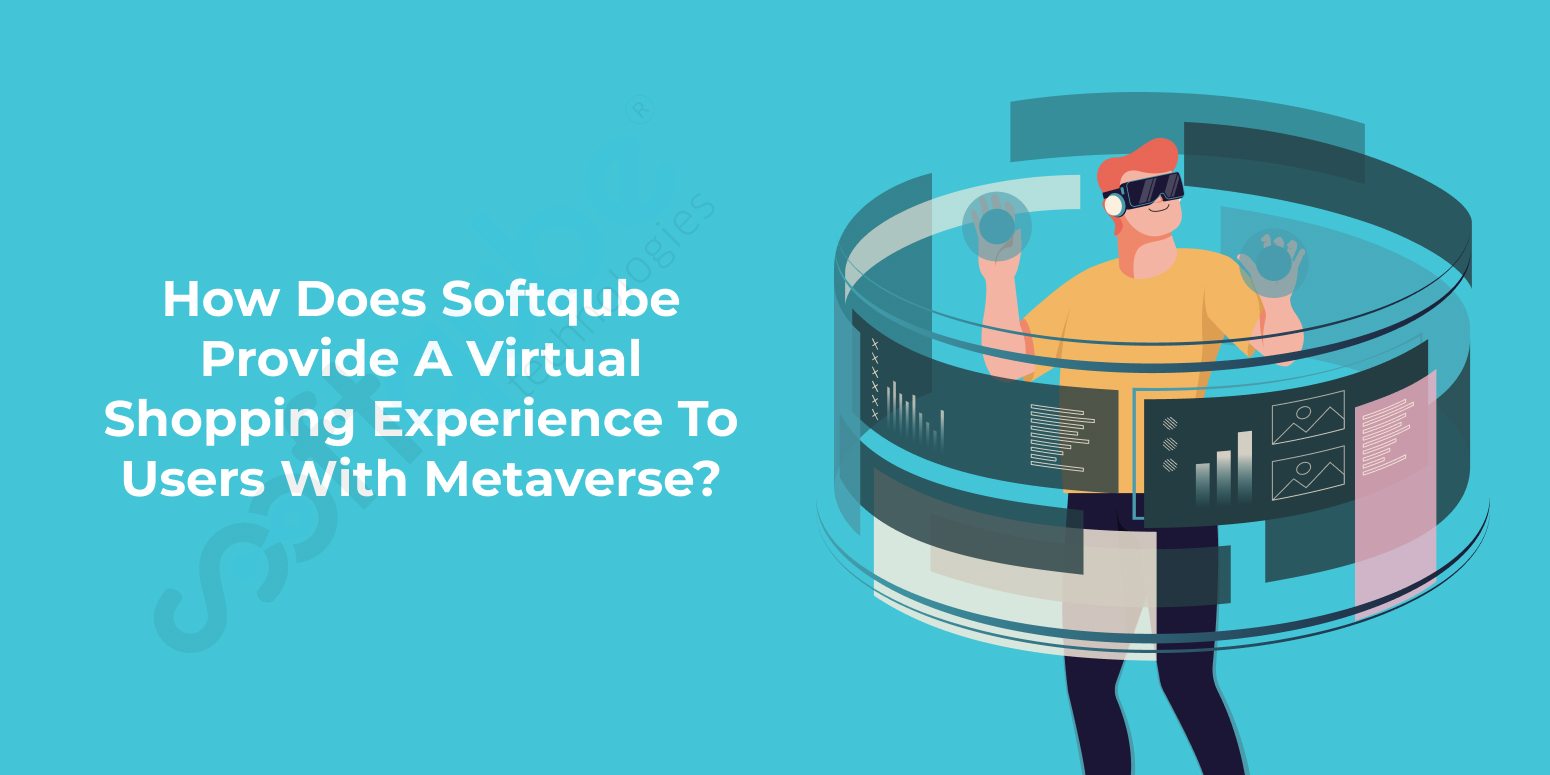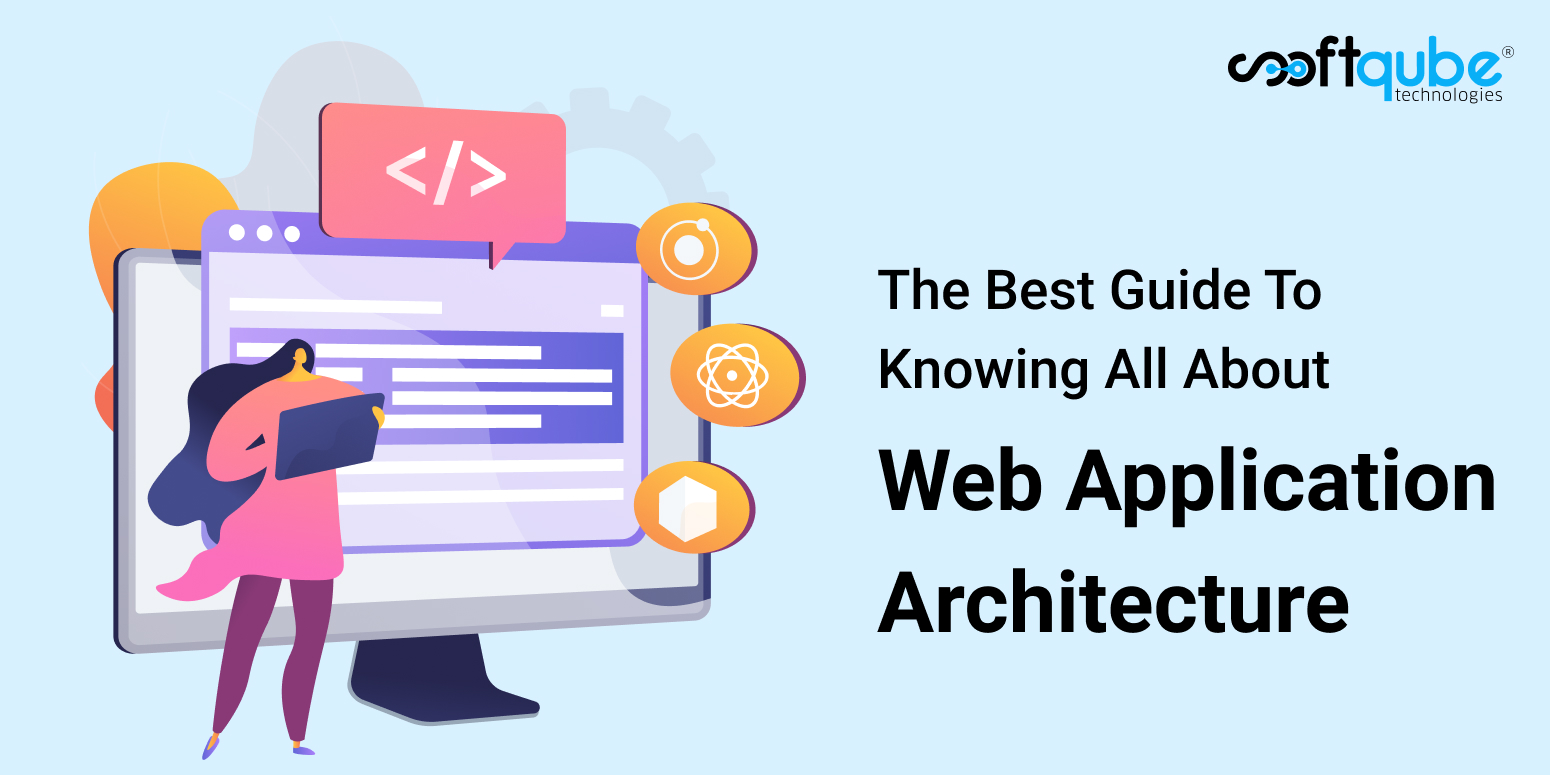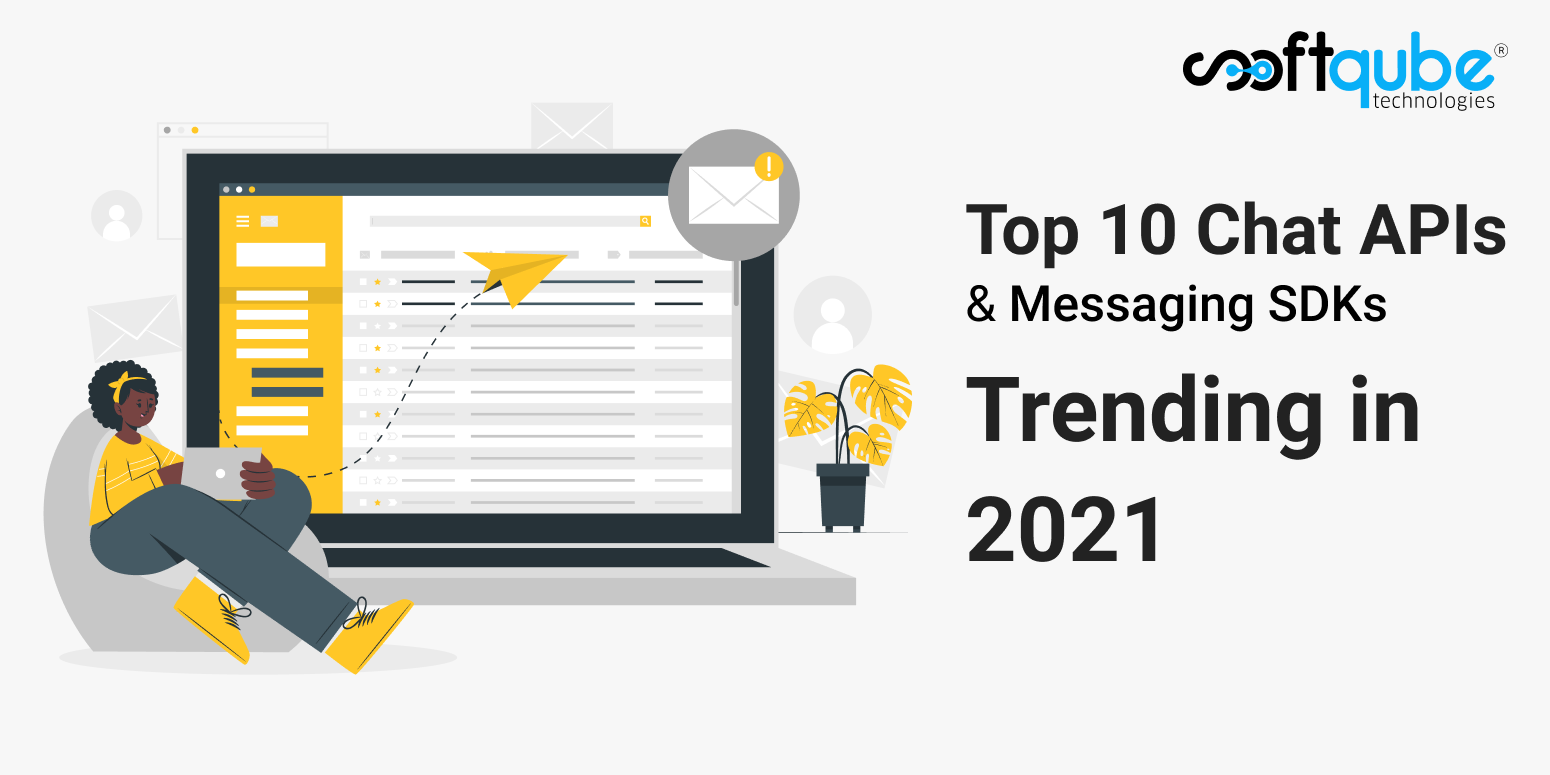It does not matter how many crises the world sees now and then, the technological innovations and evolutions will still keep amazing the people over the years. As we embark on the new era of a virtual world, Metaverse steals the show by taking us to a point where our virtual and physical meet with great awe.
Metaverse – A new digital virtual universe is a spectacular innovation made with a vision to empower the world with virtual world technicalities. Thousands of brands have shifted and turned their services into this new universe – Metaverse.
Some of the most crucial industries such as entertainment, e-learning, e-commerce, gaming, and healthcare are now heading towards adopting this innovative landscape of Metaverse.
How Metaverse Influences Omnichannel Businesses?

With the 89% average customer retention, omnichannel engagement strategies are gaining a high momentum. Customers now love to move seamlessly from brick and mortar stores to online ordering to social media to email. The research says that 55% of VR users experience satisfaction from moderate to extreme. And that leads to ensure that you give positive customer experiences in the metaverse.
Immersive experiences enable customer engagement and help you get their full attention. Studies show that the amount of information stored in the memory is 70% higher when AR is used. And that can create a huge impact on your brand.
With VR you can offer memorable customer experiences in the metaverse that they will never get in the real world. Some of the top brands like Ikea and We Make-up are expanding their businesses rapidly after launching AR and VR technology into their business strategy.
How Softqube Can Help You Give Immersive Shopping Experiences To Your Customers?

Virtual Reality in e-commerce is bringing multiple benefits. From increasing engagement to gaining higher conversions and leading to better retention rates. All this is now becoming possible by unlocking the potential of VR solutions. But a lot of things need to be considered.
At Softqube, we take care while creating intuitive eCommerce platforms by incorporating some of the most essential components and strategies used for a successful VR implementation. Spare a few minutes to find out how we help our clients in transforming their eCommerce businesses.
Choosing the Right VR Use Case
VR is a very versatile technology and is applied in a range of different ways. We use 3D showrooms, VR tours, virtual design studios, and more to give your customers a progressive virtual reality shopping experience. But what works for a fashion online retailer may not work for a toys manufacturer or a hardware chain. So, before giving your business a VR makeover, we carefully examine existing options from the perspective of your company specifics, target demographics, and audience preferences. The options of implementing VR in eCommerce include but are not limited to:
- Virtual stores
- VR showrooms
- VR fitting rooms
- 3D in-store tours
- 360-degree videos
- VR apps and games
- And even VR test drives
Creating Intuitive VR Content
For Virtual reality, content always remains the king. We make sure to smartly introduce VR technology into your business, but to make it stick and bring tangible results for you is a different story. We provide the support of highly engaging and compelling content, to make VR a big hit for your business.
Creating top-notch content for VR solutions does not have to cost you an arm and a leg. The most important thing is to put your audience first and make users the protagonists in their own VR experiences. We give the viewers an active role, immediately pique their curiosity and engage them more effectively. Other components that we use for emphasizing the VR content includes:
- Strong storytelling
Most memorable VR experiences are always based on a worthy story, character- or plot-based, that unfolds around the protagonist. We make sure that the content flow remains logical and consistent throughout the entire story.
- High-quality video
Just like with any video platform, issues like latency, resolution, bitrate need to be carefully considered to deliver superior QoE for end-users. To avoid cybersickness, we encode VR video to 60 fps for smooth and fluid motion.
- Convincing sound
Truly immersive VR needs equally compelling audio to make users’ experiences as real-life as possible. 3D sound enables audiences to perceive things in a completely natural way and massively improves immersion. As a part of our best practices, we include accurate audio spatialization as well as audio and video synchronization.
Ensuring Seamless Payment Methods

Payments can easily make or break a buying experience for your customers, no matter where they shop. We ensure to optimize each of the VR settings to enable a smooth checkout process in particular rather than taking up the challenges by asking buyers to leave their virtual world and use traditional payment methods.
To solve this problem, we collaborate with forward-thinking online merchants and install in-VR payments that enable users to pay right in their virtual reality shopping environment. One such example is Alibaba’s VR Pay which lets shoppers purchase goods through VR devices simply with a nod of a head. Payscout, a merchant processor, launched a VR Commerce app for Google Cardboard that features Visa Checkout built into its menu.
Safeguarding Customer Data

To immerse a user in a virtual world, we leverage VR technology by using various features such as eye-tracking, gesture recognition, iris scans, voiceprints, and other personal characteristics. This massive amount of biometric data is connected to personal financial information, geo-location data, creating a perfect privacy storm.
We design all this to ensure better control over personal data. GDPR requires the implementation of privacy by design and by default, meaning that data protection needs to be baked in from the start. Being one of the successful VR services provided, we use technical measures like pseudonymization and data minimization to guarantee that only strictly necessary data is processed in each case.
Data security cannot be overlooked too as customers share their financial information and need to be sure it is properly safeguarded. Like with any connected technology, we apply standard security measures like data encryption, network security, regular firmware updates, integration with trusted third-party providers, and more.
Softqube Is Here To Build Your Futuristic Ecommerce Platform
With the giant companies putting their best resources behind creating immersive virtual worlds, the future is all bright and exciting. There are so many people getting engaged in virtual reality games and the next generation seems much more comfortable with virtual worlds. They may even want their favorite brands to meet them there.
As companies try AR and VR to acquire its benefits, Softqube Technologies has not left a single stone unturned to infuse the right skills, talent, and knowledge into the development team for building world-class VR and AR solutions. As VR technology continues to evolve, there will be new use cases and eCommerce will brim with abundant traffic from across the globe.
If you are planning to transform your ecommerce business into a first-class virtual reality shopping experience, you need a carefully crafted strategy that can allow you to seamlessly weave the tech into the fabric of your ecommerce business. Softqube can help you out in finding the right use case and move towards implementing it along with focusing on high-quality VR content and ensuring you get seamless checkouts with the best data security standards.



 Send any Nutshell contact or lead to QuickBooks Online in two clicks.
Send any Nutshell contact or lead to QuickBooks Online in two clicks. Nutshell also offers a
Nutshell also offers a  (Invoice directly from Method.)
(Invoice directly from Method.) Best for: Companies who need a customized, advanced QuickBooks/CRM relationship.
Best for: Companies who need a customized, advanced QuickBooks/CRM relationship. 6. Salesforce
6. Salesforce (Customer breakdown from the Salesforce dashboard.)
(Customer breakdown from the Salesforce dashboard.) (Data synced from QuickBooks straight to the Copper dashboard in G Suite.)
(Data synced from QuickBooks straight to the Copper dashboard in G Suite.) The integration allows invoices and customer histories to be kept for each customer on the Freshsales interface.
The integration allows invoices and customer histories to be kept for each customer on the Freshsales interface. (The view from the GreenRope dashboard.)
(The view from the GreenRope dashboard.)










































